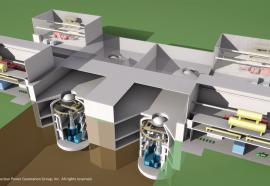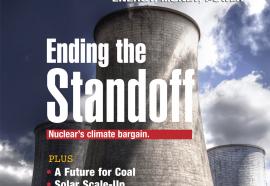The Constellation Experience
Ring-fencing after the subprime meltdown.
When Électricité de France stepped in to buy Constellation Energy’s nuclear assets and help the company avoid bankruptcy, the Maryland Public Service Commission conditioned the sale on a set of ring-fencing provisions. The industry has been using such structures to protect ratepayers in complex and high-risk M&A transactions since the 1990s. The protection isn’t foolproof, however—and it can bring problematic regulatory trade-offs.











